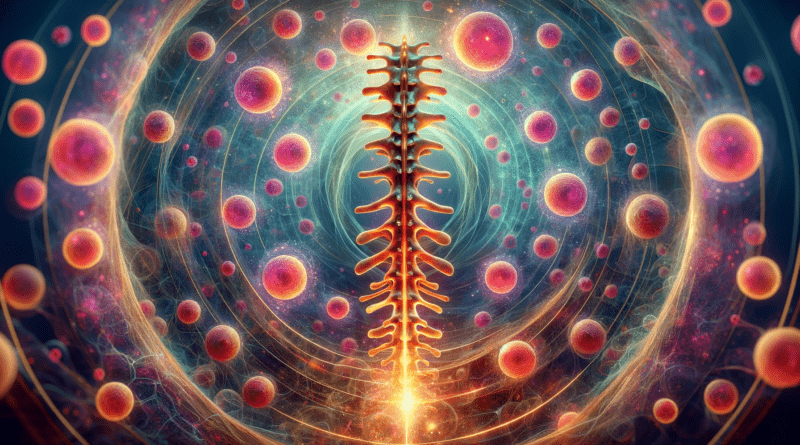Yale Researchers Achieve Breakthrough in Spinal Cord Recovery Using Autologous Stem Cell Therapy
In a landmark study originally conducted in 2021, a collaborative effort between Yale University and Japanese researchers has shown promising results in spinal cord injury treatment. The study focused on the use of autologous stem cell therapy, a process involving the extraction, cultivation, and reintroduction of a patient’s own stem cells, to address and repair spinal cord injuries.
A significant portion of the participants, all of whom had experienced non-penetrating spinal cord injuries primarily due to falls or minor accidents, displayed remarkable improvements in crucial functionalities. These included enhanced mobility, refined hand usage, and in certain cases, improved autonomic functions like bowel and bladder control. Noteworthy is that these improvements were observed within weeks following the therapy, and the process was marked by an absence of serious adverse effects.
The method employed involved harvesting stem cells from the patients’ bone marrow, followed by a meticulous cultivation process. The prepared cells were then reintroduced into the patients intravenously. Each patient’s progress was meticulously monitored, with the individual serving as their own control. It’s important to note that the trial was preliminary and unblinded, lacking a placebo control group.
The pioneering research was spearheaded by Yale’s esteemed scientists, Jeffery D. Kocsis and Stephen G. Waxman, along with a team of experts from Sapporo Medical University in Japan. Their findings, recently published in the Journal of Clinical Neurology and Neurosurgery, have sparked a wave of optimism in the medical community. While Kocsis and Waxman underscore the necessity for further research to validate these initial findings, the implications are profoundly promising.
This study not only echoes the successful utilization of stem cell therapy in stroke patients but also significantly bolsters the potential of using a patient’s own cells to repair and rejuvenate damaged neural pathways. The researchers are cautiously optimistic, viewing this as a pivotal step toward potentially revolutionizing the treatment of spinal cord and other neurological injuries.
As the scientific community stands on the brink of what may be a new era in regenerative medicine, it’s crucial to approach these findings with a balanced perspective. The journey from preliminary research to standard medical treatment is intricate and requires rigorous validation and replication of results. Nonetheless, the path being carved by these pioneering scientists at Yale and their counterparts in Japan is undeniably inspiring, offering a glimmer of hope for millions affected by spinal cord injuries worldwide.
Disclaimer: This article is intended for informational purposes only and should not be considered as medical or financial advice.



